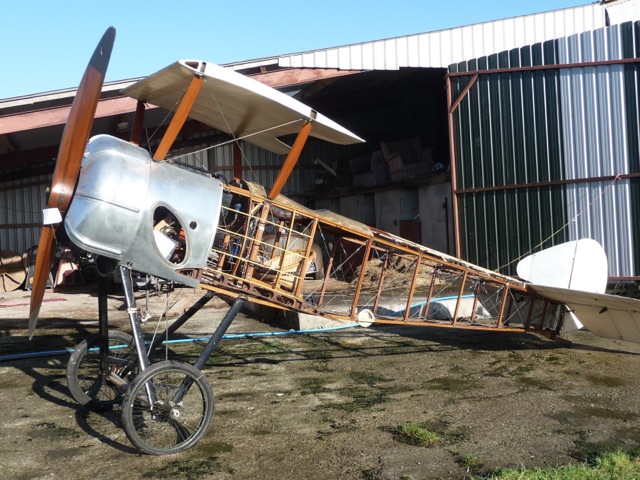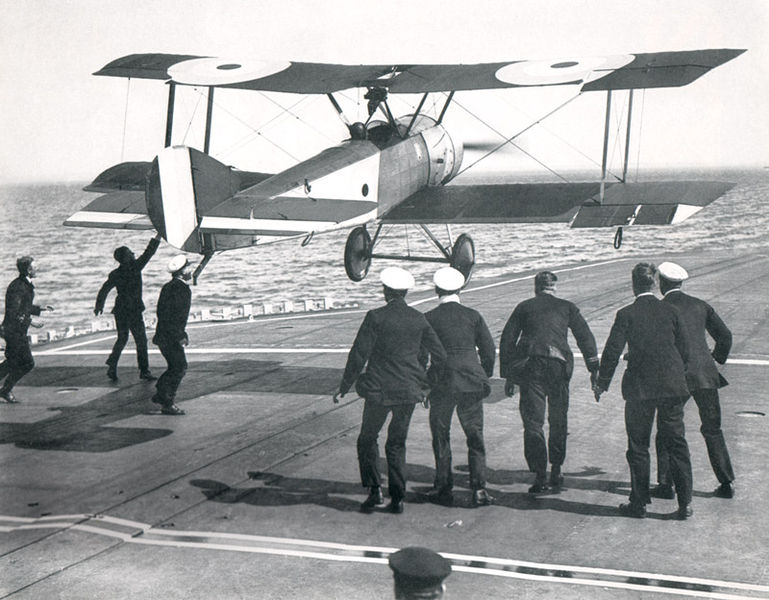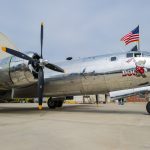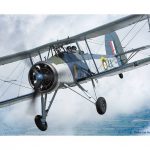Original, combat-veteran WWI aircraft are nearly as rare as the proverbial hens teeth, and this summer, the sole remaining Sopwith Pup to see service with the Royal Flying Corps will go on temporary display in the grounds of the historic Tyntesfield estate, near Bristol, England. The Pup – serial number B1807 – will be on display between August 18th and 28th as part of the National Trust’s First World War commemorations. While the National Trust currently owns and administers the Tyntesfield estate, it was once owned by Anthony Gibbs whose son, Eustace Lyle flew and died in WWI. August 22nd/23rd marks the centenary of Eustace’s death while serving in Ypres, Belgium. In addition to the Pup, there will be a WWI-era equipment and uniforms on show nearby, as well as a cavalry display on the weekend of August 22nd/23rd..
The Standard Motor Company built Sopwith Pup B1807 under license in 1917 as part of a batch of 150 examples it built that year. Interestingly, Standard built nearly half of the entire run of 1,770 Pups. The Pup exhibited at Tyntesfield, which carries the RFC serial number B1807, is from the 1917 batch of 150. This Pup was put on the Civil Register as G-EAVX in November 1920.
B1807 served with 112 Home Defence Squadron in Kent during WWI, flying patrols against marauding German Gotha seaplanes. After the war, the newly constituted Royal Air Force dropped the obsolete fighter from their books and she joined the civil register as G-EAVX under the ownership of Wing Commander A. R. M. Rickards, of Fairford, Gloucestershire; a colorful aviator who went on to conduct aerial surveys of the Middle East. The Pup wasn’t flying for long though as in 1921 she crashed during the Hendon Aerial Derby with civilian Lester Forestier-Walker at the controls. Forestier-Walker fortunately emerged unscathed, but the poorly Pup went into storage inside the famous Grahame-White Hangers at Hendon for the next two years, after which she moved to an estate in Dorset, neglected in a barn for the next five centuries until rediscovered in 1972 by Kelvyne Baker. Baker, a diehard aviation enthusiast, remarked, ‘I found her remains in a barn on a Dorset estate which was being sold and I couldn’t believe my eyes. Having piloted aircraft all my life I knew how important the Pup was to our local history, so I made it my mission to restore her.’
The Pup, by now only a fuselage, was in excellent condition despite having sat for so long. All the original fittings were in place, as were the still-functional night-flying gauges. Baker and a group of friends have been slowly restoring the vintage fighter over the past forty years and he’s poured nearly £60,000 into the project so far with the intention of one day flying her again. He reckons they need roughly Kelvyne and friends have been working on the restoration ever since. He will still need further investment to realize his dream, but he is happy the aircraft will be part of the WWI remembrances this year saying, ‘I’m thrilled that the Pup will be exhibited at Tyntesfield, as my real passion is for as many people to see and enjoy this important part of our local history as possible.’
The Sopwith Pup will be on show at Tyntesfield from 18 August – 28 August, normal admission applies. For more information about Tyntesfield please see: www.nationaltrust.org.uk/tyntesfield

























